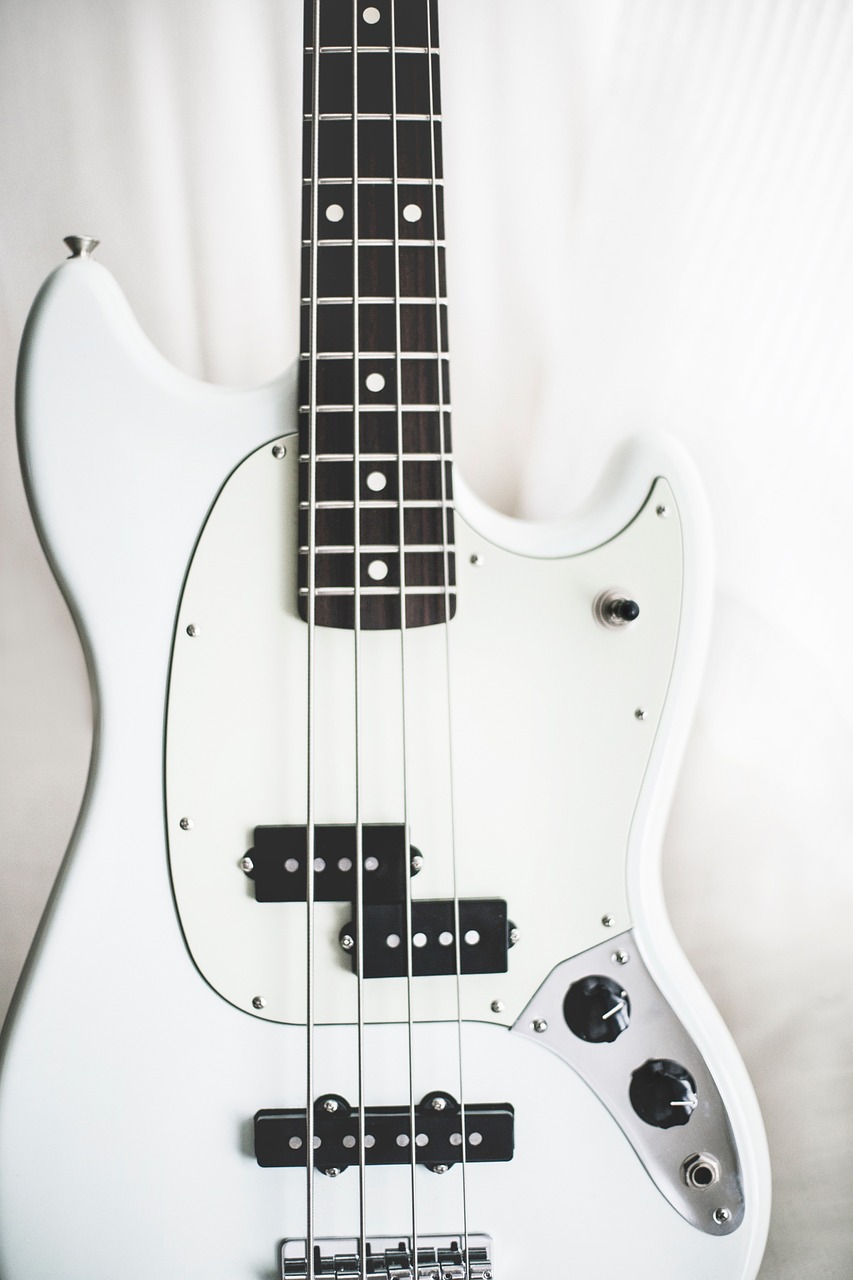Transforming your living space can be an exciting journey, and one of the most impactful ways to achieve this is through interior design. Whether you’re looking to refresh a single room or completely overhaul your home, understanding the principles of interior design can help you create a space that is both functional and aesthetically pleasing.
Understanding Interior Design Principles
Interior design is more than just choosing colors and furnishings; it’s about creating an environment that reflects your personality and meets your needs. One of the key principles of interior design is balance. This can be achieved through symmetrical arrangements, where items are evenly distributed, or asymmetrical designs that create visual interest without being overly cluttered.
Another important aspect is harmony, which refers to the cohesive flow of design elements throughout the space. This can be achieved by maintaining a consistent color palette and using complementary textures and materials. It’s essential to choose furnishings and decor that not only fit your style but also work together to create a unified look.
In addition to balance and harmony, proportion and scale play a significant role in interior design. It’s vital to choose furniture and decor that are appropriate for the size of your room. Oversized furniture can make a small room feel cramped, while too-small items can get lost in a larger space. When planning your layout, consider the scale of each item and how it interacts with other elements in the room.
Lighting is another critical factor in interior design. It can dramatically affect the mood and functionality of a space. Layering different types of lighting—ambient, task, and accent—can help create a versatile atmosphere. Natural light should also be maximized where possible, as it not only enhances the aesthetic appeal but also contributes to a more inviting environment.
Finally, don’t forget about personal touches. Adding elements that reflect your personal style—such as artwork, family photos, or unique decor items—can make a space feel truly yours. Incorporating these personal elements can transform a generic room into a warm, welcoming home.
In conclusion, interior design is a powerful tool for enhancing your living environment. By understanding and applying key principles such as balance, harmony, proportion, and lighting, you can create a space that is not only beautiful but also functional. Take the time to explore your style and the possibilities for your home, and enjoy the process of making your living space a reflection of who you are.

